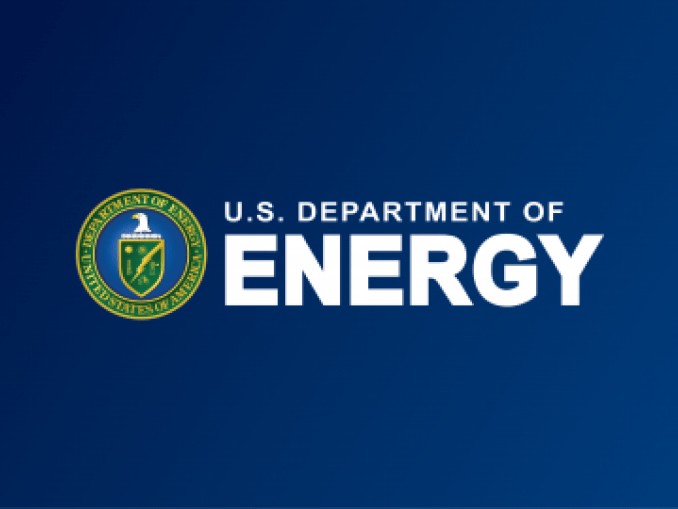The global commitment to cleaner energy solutions has spotlighted hydrogen as a promising alternative, yet harnessing its full potential poses significant challenges. Currently, a critical bottleneck in deploying commercial-scale hydrogen projects is frequent delays or cancellations.
These issues primarily stem from a lack of comprehensive tools and training for reliably assessing and optimizing deployments to ensure maximum positive impact. The need for consistent, universal indicators to guide these projects is paramount to overcoming such hurdles.
In the face of these challenges, the Guiding Universal Indicators in Developing Ecosystems for Hydrogen (GUIDE-H2) competition emerges as a strategic initiative. It invites participants to develop and implement robust analytical methods to assess hydrogen deployment projects comprehensively. The competition is structured around two distinct phases to systematically explore, evaluate, and recommend best practices to enhance hydrogen projects’ economic, social, and environmental benefits.
PRIZE BACKGROUND AND STRUCTURE
The GUIDE-H2 competition is a promising platform intended to boost practitioner experience by systematically developing and applying robust analytical methods. As it seeks to facilitate the creation of a reliable set of indicators, this initiative envisions empowering local and global stakeholders. By fostering a transparent, optimized, and economically, socially, and environmentally viable hydrogen deployment strategy, GUIDE-H2 aims to drive widespread adoption and project success.
GUIDE-H2 offers up to $200,000 awarded by the Hydrogen and Fuel Cell Technologies Office (HFTO) through two competition phases. Phase I focuses on generating innovative methodologies to assess hydrogen projects, selecting up to six winners, each receiving $10,000. These methodologies, once developed, form the basis upon which Phase II operates, where selected teams will receive between $20,000 to $80,000 based on their comprehensive project assessments. They will further develop training tools and distill best practices to inform future evaluations globally.
The competition framework underscores the importance of international collaboration, recognizing that diverse input can lead to a more comprehensive understanding of hydrogen deployment dynamics. Yet, despite the encouragement of overseas partnerships, eligibility to receive DOE funds remains restricted to U.S.-based lead applicants.
STRATEGIC IMPORTANCE AND FUTURE IMPLICATIONS
From a broader perspective, GUIDE-H2 aligns itself with key strategic governmental directives. It supports the U.S. National Clean Hydrogen Strategy and Roadmap, fostering interagency collaboration under the Hydrogen Interagency Task Force. Further, the competition serves as a pilot within the Clean Energy Ministerial’s (CEM) Hydrogen Initiative and is set to complement the H2 Twin Cities program. These alignments highlight the utility of GUIDE-H2 in solidifying the U.S.’s role as a leader in hydrogen energy solutions.
Moreover, the data produced and shared due to this competition could dramatically reshape how stakeholders globally approach hydrogen deployment. Through a structured community of practice, project developers, end users, and investors are envisioned to share experiences, leading to accelerated adoption and increased user acceptance of hydrogen technologies.
Ultimately, the GUIDE-H2 competition seeks innovation in assessing hydrogen projects and aims to advance global understanding and support robust engagement amongst diverse stakeholders. By cultivating experience, best practices, and methodical guidelines, it positions itself as a crucial force in evolving the global energy landscape toward sustainability.





